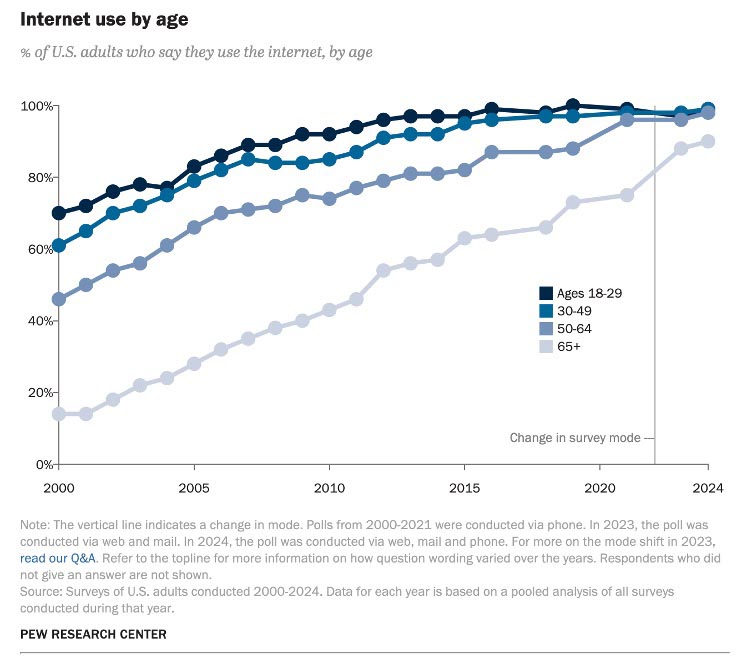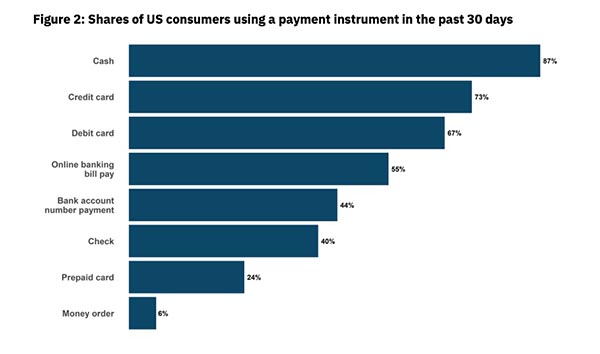Most printers are on the same page when it comes to the paper shortage. Enough is enough. The height of the pandemic is behind us. The supply chain is moving again. Why are paper prices still so high and paper still in short supply? As frustrating as it is when it comes to running the business, it’s just as frustrating trying to explain it to customers. What do you tell them?
It starts with understanding how the average customer thinks about paper. Most people think about it the same way they think about everything else, such as consumer electronics, furniture, cleaning supplies. Yes, the pandemic causes a lot of supply chain disruptions, including paper. But if automobile factories can be converted to produce ventilators and respirator masks, then switch back to making cars once the emergency needs are met, why can’t paper mills slow production for a while, then ramp it back up again?
For people who don’t understand the cost structure of the paper industry, this is a reasonable question. We can think about this as the “faucet” expectation. The pandemic hits, demand for paper drops, and the faucet gets turned down to a trickle. The pandemic subsides, economies start opening up again, and the faucet gets turned back on. Just like iPhones, children’s toys, and antibacterial wipes, it might be slow going at first, but after a bit, the supply starts flowing again.
Except the paper industry isn’t like a faucet. It’s more like an unstable cliff. It looks strong and permanent, but there is vulnerability hidden beneath the surface. When the hurricane hits, the weakness becomes apparent. The storm exploits the weakness beneath the surface, and the cliff gives way and falls into the sea. Businesses and houses can be rebuilt, but the coastline is forever changed. That is more what the paper industry is like. It’s just that most customers don’t know it.
Let’s take a look at the reasons behind the fragile nature of papermaking’s profitability.
- Paper mills operate on razor thin margins. Papermaking is a capital-intensive and heavily regulated industry with extremely slim margins. With the move to digital communications, demand has been on the decline for some time. By the time the pandemic arose, many paper mills and individual papermaking machines had already started to shut down.
- It’s difficult to turn them back on. Once a paper mill or papermaking machine shuts down, it’s very difficult and expensive to get it moving again, even when demand recovers. Papermaking is a hot, dirty job, and once the mill or machine shuts down and those employees lose their jobs and find others, they aren’t coming back. Thus, paper mills have a real challenge in finding experienced employees to restart and service those machines and get them running again. Because margins are so slim, the effort and expense generally doesn’t justify it.
- There are more profitable products for paper mills to make. Paper mills that aren’t shutting down are shifting to more profitable grades such as recycled packaging and containerboard. No paper mill is going to switch from a more profitable grade of paper to a less profitable one.
- Pandemic pushed mills over the edge. In an environment in which paper mills were already struggling, enter the pandemic, which depressed demand even further. This pressure was enough to finally break the backs of even more paper mills, and the industry saw more closures. Once demand picked back up, there simply wasn’t enough supply to meet it. With paper mills having permanently closed or shifted capacity, most of that capacity is not coming back. There is the exception, such as the two paper mills in rural Maine reopening thanks to a pair of grants. But this is not the norm.
- Thanks, Putin. Making it even more challenging is Russia’s invasion of Ukraine, which is wreaking havoc in the European energy market. Papermaking is an extremely energy-intensive operation, and the ripple effects of the prices “across the pond” reach us here in the United States. They also impact the cost of fiber coming from Europe. Historically, U.S. mills have relied on imported fiber when domestic fiber isn’t available, but now everyone is drawing from the same well. This is spiking prices, and increased energy prices due to Russia’s of Ukraine make a challenging situation more so.
This explains, even though the supply chain has opened up in many areas, why it hasn’t improved the paper market. So what does the future hold? The ongoing need for patience, creativity, and flexibility. Eventually, the market will adjust to the new realities. In the meantime, we’re all in this together.
How are you and your customers responding to the paper shortage? Are they willing to accept alternatives when their preferred stock is not available? If so, what are the most common alternatives? Let’s find out! Please take this 3-question survey and share your experiences. The responses will be shared in a future post.
Take the survey.









